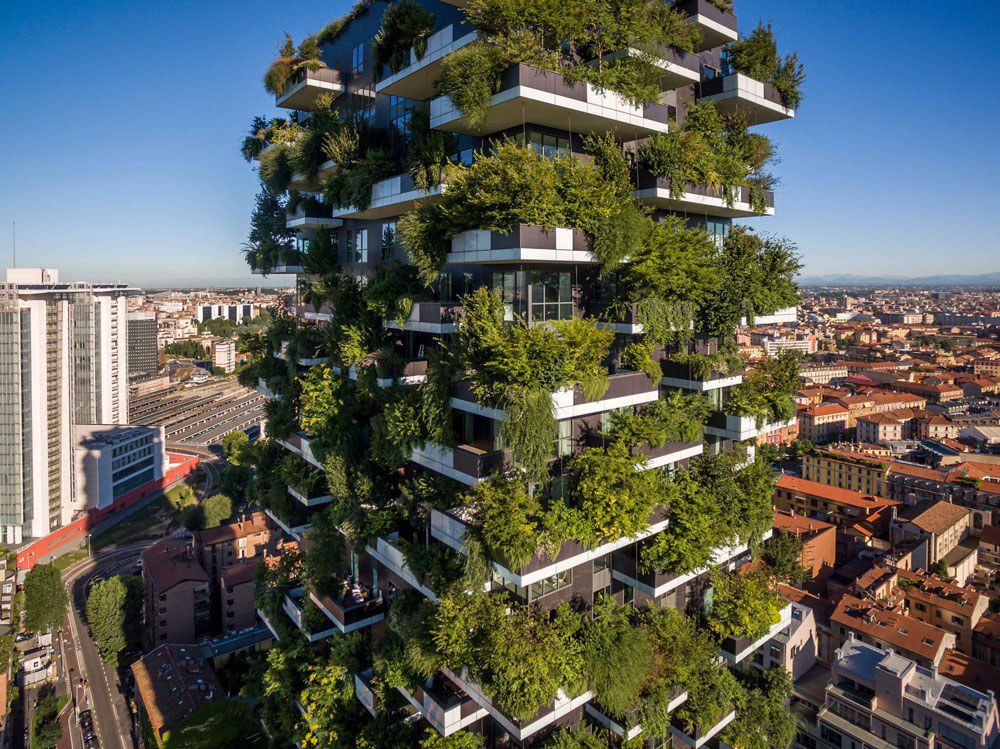
- Sustainable Planet -
- 3mins -
- 918 views
Turning cities into vertical forests: a radical plan to combat air pollution
From Milan to China, vertical forests are on the rise in the fight against pollution.
Vertical Forests: a model for a sustainable residential building
Vertical Forest is a model for a sustainable residential building, a project for metropolitan reforestation contributing to the regeneration of the environment and urban biodiversity without the implication of expanding the city upon the territory. And it looks cool.
Some 1,100 trees and 2,500 hanging plants will adorn each tower’s façade
Perhaps the most famous name in green architecture is Italian architect Stefano Boeri, and now he is looking to a new market: Asia. It was announced in february that the renowned designer of Milan’s Bosco Verticale is bringing a similar project to the eastern Chinese city of Nanjing. Given growing concerns over air quality in China, Boeri’s creation serves a particularly practical purpose in Nanjing’s densely populated Pukou district.
The idea is simple: The two greenery-laden towers absorb ambient carbon dioxide while simultaneously introducing oxygen into the surrounding air. Preliminary estimates suggest that the building will be able to absorb some 25 tons of CO2 each year and generate 60 kilograms of oxygen per day. This is all thanks to the 1,100 trees and 2,500 hanging plants affixed to each tower’s façade.
With completion set for 2018, the project will serve as a prototype for Boeri’s designs in other pollution-threatened Chinese cities.
Details from a report by Carrie Hojnicki, for Architectural Digest; Images: stefanoboeriarchitetti.net
Living walls are becoming a popular trend
Although the Nanjing towers will be the first ‘vertical forests’ in Asia, other hotels have attempted similar concepts: PARKROYAL on Pickering in Singapore features more than 15,000 square-metres of gardens, waterfalls and planter terraces on its exterior.
Living walls have also become a popular trend in hotels, including Pershing Hall in Paris. Located in the Champs-Elysees golden triangle, the central atrium of the hotel showcases a colourfully lit living wall by botanist Patrick Blanc. Other examples include the two living walls and one ‘green sculpture’ at Il Sereno hotel on Lake Como, by the same designer.
London also has its very own living wall at The Rubens at the Palace on Buckingham Palace Road. The hotel’s exterior showcases around 10,000 herbaceous plants on its south-west facing wall. The feature attracts a variety of insect pollinators, and helps to regulate the temperature of the hotel through the varying seasons.
Boeri Studios hopes to roll out other vertical forests across China including Shanghai, Shijiazhuang and Liuzhou. Other ‘vertical forests’ are planned for Switzerland and Italy.
Source: Telegraph


